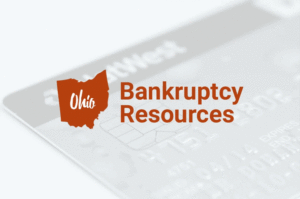In Ohio and throughout the country, bankruptcy is identified by its chapters, most commonly Chapter 7 and Chapter 13 for consumers, and Chapter 11 for businesses. In fact, the chapters of bankruptcy have become ingrained in our culture, with people saying a struggling business may need to “file Chapter 11”.
If you are struggling to make ends meet or feeling crushed under the weight of large debts such as credit card bills, you may be considering bankruptcy as an option.
For most people in your situation, bankruptcy can help provide a fresh start within a number of months or years and, in the short-term, put a stop to creditor harassment, wage garnishment and other indignities.
Before you take action to speak with an experienced Springfield, Ohio, bankruptcy attorney, take a few moments to learn about the types of bankruptcy that may be available to you as a consumer.
Chapter 7 Bankruptcy
This form of bankruptcy is the most direct route available to consumers who wish to wipe out unsecured debts such as credit card debt, medical bills, or deficiency balances due to auto repossession. For this reason it is often referred to as “straight bankruptcy”.
In Chapter 7, non-exempt property (exempt property includes your home, a car, etc.) is converted into cash via liquidation. Then, a bankruptcy trustee will repay some of your outstanding debt and discharge remaining debts after 3-5 months. 
Chapter 13 Bankruptcy
Commonly referred to as “reorganization”, Chapter 13 is great for consumers who wish to get on solid footing without losing their assets. It can allow you the breathing room you need to refinance loans and create payment plans that work for you. After a three-five year repayment plan is complete, you will be free from your debts and have the opportunity to rebuild your credit.
Ready for a fresh start? Contact us anytime for a free initial consultation.
